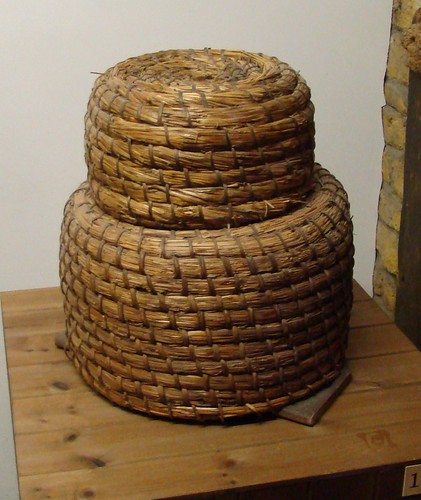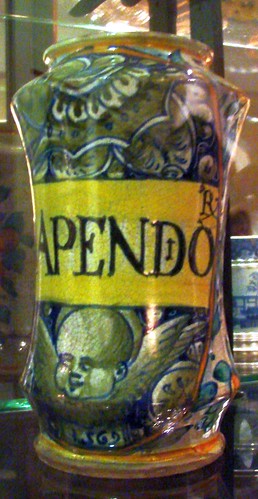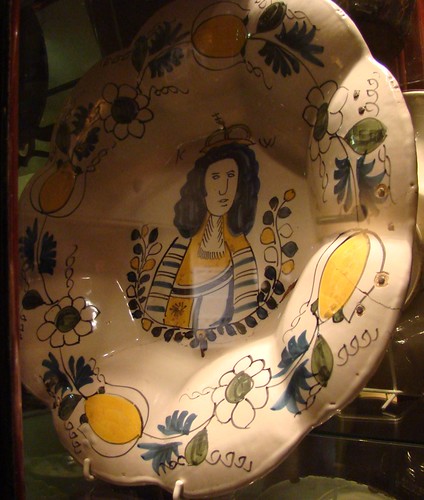Notes from Sunday’s trip around the museum – which really is a very fine show, with a focus very much on local, social history
Cleaning
The claim is that there was not much cleaning to be done before Victorian revolution of “stuff”. Sand was used on floors as it soaked up grease and dirt, mixed with ground oyster shell to clean food utensils. In the country bran was used for “washing up”; the husks soaked with fat and food remnants fed to pigs.
Early mechanical cleaners blew the dust upwards, supposedly allowing it to be swept up more easily. Hubert Cecil Booth recognised that this was the wrong way around and in 1901 patented the vacuum cleaner. The first was mounted on a horse drawn cart and pipes fed through windows.
In 1908 James Murray Spangler invented the first lightweight domestic vacuum; William H Hoover bought the rights.
An 18th-century tax on soap put it out of reach of very poor. Only repealed in 1853.
Moules’ earth closet was patented by the Reverend in 1860. The tank held dry earth, which was flushed into bucket after use.
The first toilet paper appeared in 1857, billed as medicated paper and sold as sheets in flat packet. To avoid embarrassment chemists sold it from under the counter. First roll in 1928, soft paper in 1932 and first coloured paper in 1957.
Urine was added to water to help clean clothes and bleached them because contained ammonia. In Yorkshire it was called wetin or old wash. Lye was also used, made by passing water through clean wood ashes and known as buck wash.
In a comment on today’s obsession with cleanliness, the quote was of an old saying “Every man must eat a peck of dirt in his life (about 6 litres).”
Babies
One remarkable exhibit is of a caul worked into parchment that became record of birth for mountain family from 1830 to 1860.
In the very poor area of Walmgate York in 1898 one in four babies died. The 1902 midwives’ act made for big drop.
Really telling local stories, here are the baby goods of Mrs Hull, whose son Stephen was born in 1956 after she’d had five miscarriages and an ectopic pregnancy. She wasn’t allowed even to carry handbag during the pregnancy. She was in labour from 1am saturday until 7pm sunday. The baby was allergic to milk and had to be fed with marie biscuits soaked in very weak tea on a spoon.
Farming
In east Yorkshire there was a unique way of life: the horsemen were young and unmarried and remained on annual contracts long after rest of country stopped the practice. Usually when they got married, however, they became skilled farm labourers who had little to do with horses. (Seems like an awful waste.)
This is a bee skep, which was used to keep bees before wooden hives invented. On moors left on a flat stone, ideally in a sheltered, sunny position.

A common tool was a turnip chopper. This was an important part of 18th and 19th crop rotations, but awkward for animals to eat.
Comb-making
Oxhorns were steeped in water for months to soften, solid tips cut off for buttons. Then a tradesman called a horn presser cut the hollow horn along length, soaked it again and careful held over fire, moving constantly. Scorched horn lost malleability, when soft enougj opened with pincers and heated bw two iron plates, plates were then turned over to craftsmen to be carved or turned. A horn comb factory was established in York in 1794 by Joseph Rougier and became largest in Britain; closed 1931 due to competition with plastics

The museum also boasts a fine little collection of medieval porcelain (unfortunately unlabelled)…





 About
About